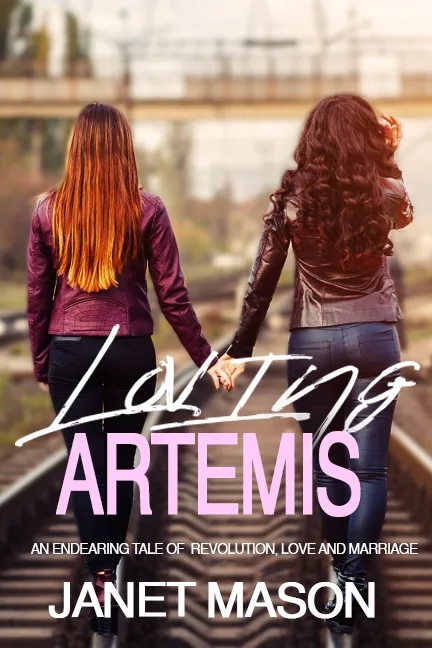I’m posting a of The Blue Zones: Secrets for Living Longer (Lessons From the Healthiest Places on Earth) written by Dan Buettner and published by National Geographic. You can view the review below or read it below that. I hope you enjoy it.
I first connected with the Blue Zones during the 2020 pandemic when I saw a few videos highlighting the Blue Zones featured on YouTube. The Blue Zones are areas of the world – usually isolated mountainous regions – where people live the longest.
I was excited when I learned that Dan Buettner, the man who identified the Blue Zones, was coming out with a book titled The Blue Zones: Secrets for Living Longer (Lessons From the Healthiest Places on Earth). I had watched Buettner’s Netflix special “Live to 100—Secrets of the Blue Zones” — when it came out last year.
People who live in the Blue Zones are traditional people, and my sense is that not everyone can live there. For example, I didn’t see any lesbians in the Netflix special or the book. However, there are many things we can learn from people who live in the Blue Zones.
For starters, people living in the Blue Zones eat a mostly plant-based diet. Most live in towns in hilly regions and spend a lot of time walking up and down those hills to see friends, and to go to cafes and churches. Being sociable is a big part of living longer. Buettner writes that genes account for twenty-five percent of how long we live, and the rest is lifestyle — how we eat and move.
This is not new for those who have followed the growing information associated with healthy plant-based diets. However, it is fascinating to me that entire cultures live so differently from the rest of the world and particularly from the culture in the United States which has aptly been described as a “toxic-food culture.” Interesting is that the poorest people in the Blue Zones, those who must grow their own vegetables, are also the healthiest, the happiest, and those who live the longest.
I found all the stories interesting but was particularly moved by the story about the people who live in the Blue Zone on the island of Okinawa in Japan. At each meal, the people in the Okinawa Blue Zone consciously “reduced calories in a way that delayed the aging process.”
I am not normally a judgmental person — at least I try not to be, but when I read that Okinawa is a fading Blue Zone because of an United States military base which has moved nearby and that has attracted fast-food establishments and other chain restaurants that promote the Standard American Diet (SAD), I was angered and saddened.
As Buettner writes: “Their new diet turned out to be toxic. Younger Okinawans now die from heart disease at a rate higher than most other Japanese do. The incidence of low birth-rate is 20 percent greater than the rest of the country. And Okinawan men under 55 have the distinction of being the most obese in Japan.
“The truth is, it’s probably too late for this blue zone. When Okinawa’s oldest generation is gone, the phenomenon of long life here will likely vanish with it. Which makes it even more urgent that we capture their recipe for successful aging while we can.”
The Blue Zones–Secrets for Living Longer (Lessons From the Healthiest Places on Earth) written by Dan Buettner, and published by National Geographic is a good read, a beautiful and well-done book with gripping photographs. It is a good reminder of how big the world is and how much we have to learn.
This is Janet Mason with reviews for Book Tube and Spotify.
For more information on my most recent novel Loving Artemis, an endearing tale of revolution, love, and marriage, click here:




